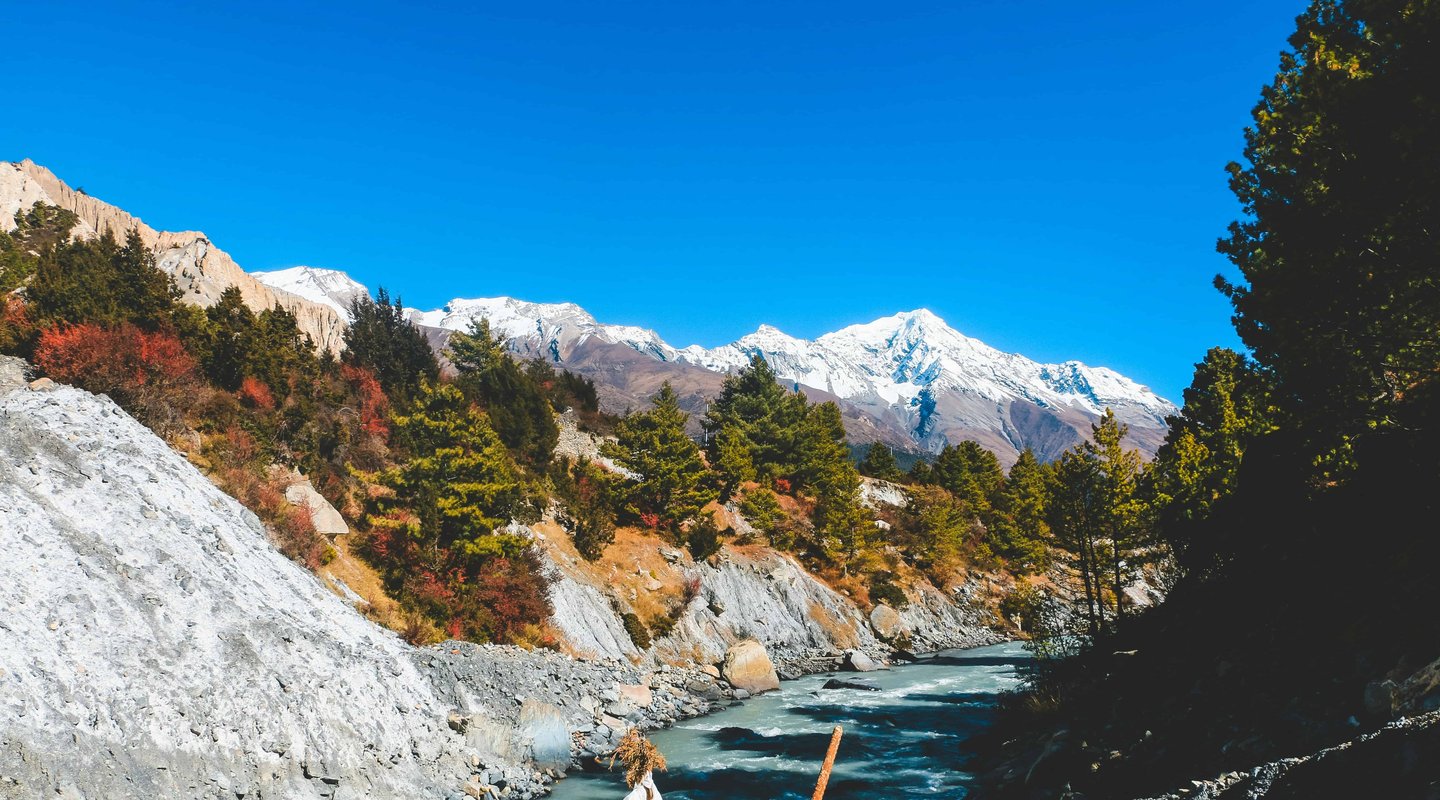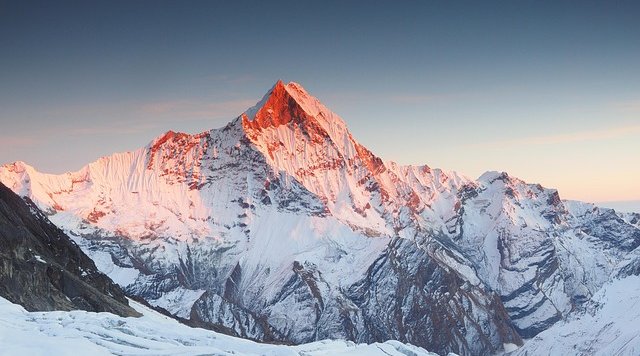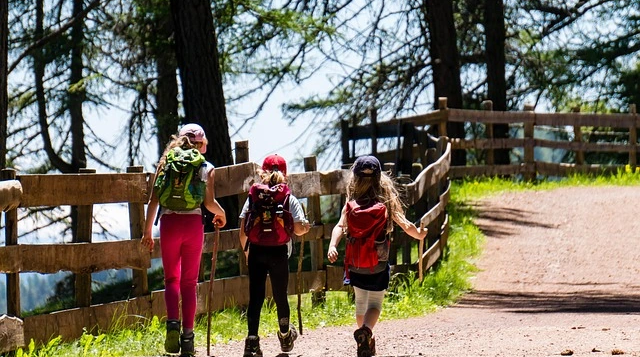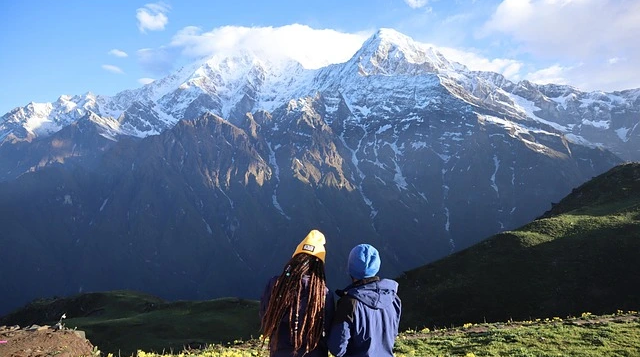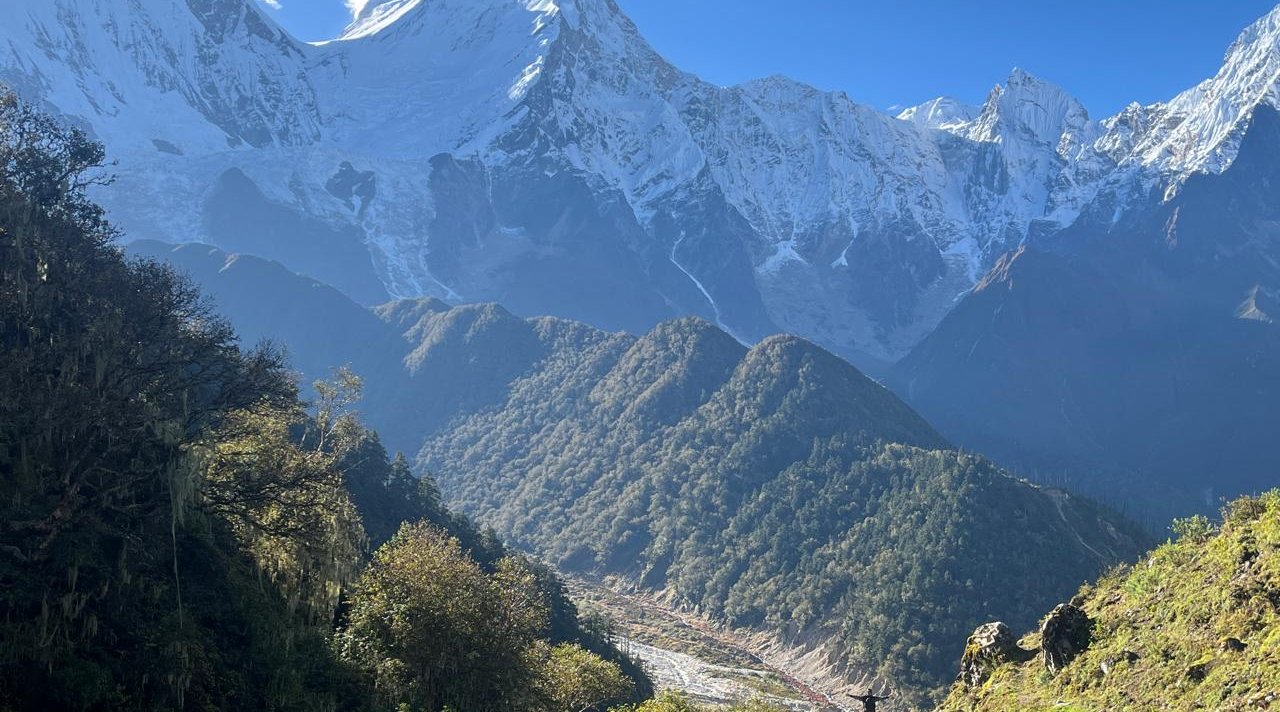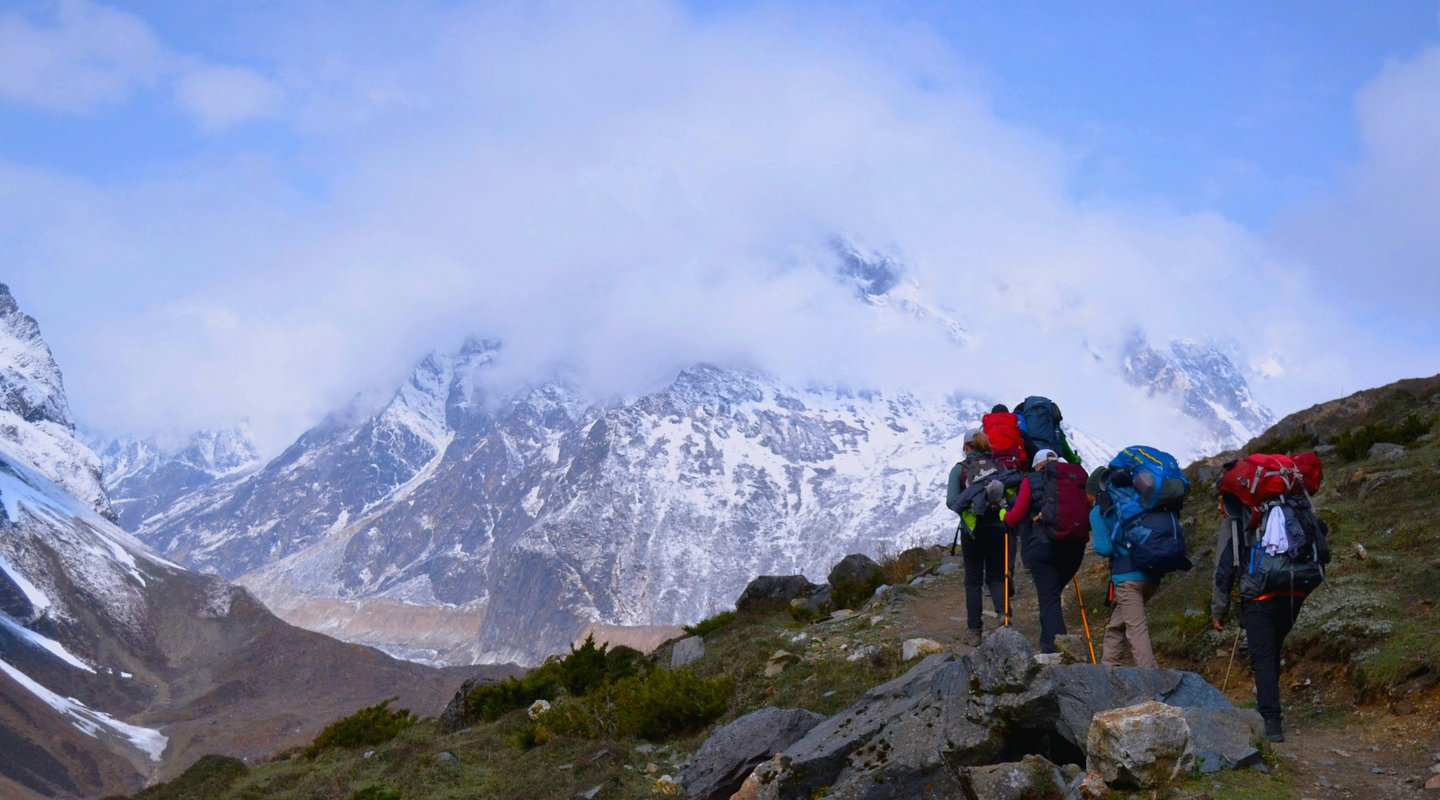I'll never forget that morning at 3,800 meters when my client Sarah turned to me with panic in her eyes. "I can't breathe properly," she whispered, her face pale against the backdrop of Annapurna's north face. After fifteen years guiding treks through these mountains, I've learned that altitude sickness doesn't discriminate – it can strike the fittest marathoner just as easily as a casual hiker. The North Annapurna Base Camp Trek, with its remote trails and steady climb from 2,890m to 4,190m elevation, demands respect. But here's the good news: with proper preparation and knowledge about how to prevent altitude sickness on the North ABC Route, you can make this dream trek safely.
Risk Assessment: Understanding the North ABC's Altitude Challenge
The North ABC Route isn't your typical Annapurna circuit. This off-beaten Himalayan path in Nepal offers solitude and pristine views, but its remoteness increases the stakes.
Starting from the trailhead near Sikles, you'll climb from 2,890 meters to the base camp at 4,190 meters. That's a 1,300-meter elevation gain – enough to trigger serious altitude-related issues if you're not careful. The elevation profile North ABC shows several steep sections, particularly between days 3-5, where daily elevation gain limits can easily be exceeded if you're not mindful.
Who's at risk? Everyone, really. But certain factors increase your susceptibility:
- Age susceptibility altitude sickness treks shows both extremes (under 25 and over 50) face higher risks
- Gender differences AMS reveal women may experience slightly different symptoms
- Genetic predisposition altitude plays a huge role – if your parents struggled at altitude, you might too
- Smoking hypoxia worsening is real – smokers face double the risk
The North Annapurna Base Camp's gradual ascent might seem manageable, but don't be fooled. HAPE risk factors increase exponentially above 3,500 meters, and HACE emergency response becomes challenging when you're days away from the nearest road.
Prevention Strategies: Your Blueprint for Safe Ascent
Gradual Ascent and Acclimatization
The golden rule? Climb high sleep low method. Here's my tried-and-tested acclimatization schedule Himalayan treks:
Days 1-3: Ascend no more than 300-400 meters per day
Days 4-6: Include rest days on trek at strategic points
Day 7+: Monitor closely, adjust based on group fitness
At Narchyang Lake (3,600m), I always insist on a rest day. Why? This stunning glacial lake offers perfect staging ascent ABC opportunities. Spend the day hiking to nearby viewpoints, then return to sleep at the same elevation.
Your altitude adaptation timeline typically looks like this:
- 24-48 hours: Initial adjustment begins
- 3-5 days: Red blood cell production increases
- 7-10 days: Significant physiological changes
Hydration and Nutrition Strategies
Water intake altitude should hit 4-5 liters daily. I know it sounds excessive, but at altitude, you lose moisture with every breath.
My hydration checklist:
- Start hydrating 2-3 days before the trek
- Sip water every 15-20 minutes while hiking
- Monitor urine color (pale yellow is perfect)
- Add electrolyte balance treks supplements to prevent hyponatremia
For diet for AMS avoidance, think high carb diet energy:
- 70% carbohydrates for efficient oxygen use
- Complex carbs at breakfast (oats, whole grains)
- Salty snacks edema risk is minimal if balanced with water
- Avoid heavy protein limits digestion above 3,500m
Herbal teas AMS prevention? Ginger tea works wonders for nausea. Skip the coca tea South America alternative – it's not available in Nepal anyway.
Physical Preparation and Breathing Techniques
Your training high altitude trek should start 3-4 months before departure. Focus on:
Cardio endurance exercises:
- Hiking with weighted pack (start with 5kg, build to 15kg)
- Stair climbing intervals
- Swimming for lung capacity improvement
Breathing exercises high elevation:
- Pursed-lip breathing: Inhale through nose, exhale slowly through pursed lips
- Belly breathing: Hand on stomach, feel it rise and fall
- 4-7-8 technique: Inhale 4 counts, hold 7, exhale 8
Yoga altitude adaptation has proven benefits. Mountain pose, warrior sequences, and pranayama breathing prepare your body for thin air.
Warning Signs: Recognizing Trouble Before It Escalates
Early signs AMS often masquerade as normal trek fatigue. Here's what separates typical tiredness from danger:
Mild AMS (2,500m+):
- Headache high altitude that doesn't respond to water/rest
- Nausea trek symptoms appearing 6-12 hours after ascent
- Fatigue mountains beyond normal exhaustion
- Difficulty sleeping issues altitude
Moderate to Severe (Immediate Action Required):
- Persistent cough warning of fluid in lungs
- Shortness breath HAPE even at rest
- Confusion disorientation HACE signals brain swelling
- Ataxia coordination loss (can't walk straight line)
The pulse oximeter monitoring protocol I use:
- Normal at sea level: 95-100% SpO2
- Acceptable at altitude: 85-95%
- Concerning: Below 85%
- Emergency: Below 75%
Self-assessment sickness should happen twice daily. Can you tie your shoes? Walk heel-to-toe? If not, it's time to descend.
Medication Options: Your Pharmaceutical Arsenal
Let's talk Diamox for AMS prevention. The standard Diamox dosage prevention starts at 125mg twice daily, beginning 24 hours before ascent. But here's what many guides won't tell you: it's not a magic bullet.
Preventive dosage schedules:
- Diamox: 125-250mg twice daily
- Dexamethasone HACE treatment: 4mg every 6 hours (emergency only)
- Nifedipine HAPE relief: 30mg slow-release twice daily
- Ibuprofen headache relief: 400-600mg as needed
Natural alternatives? Try:
- Ginkgo biloba natural aid: 120mg twice daily
- Rhodiola rosea benefits include improved oxygen efficiency
- Vitamin C altitude boost: 1000mg daily
- Iron supplements oxygen carrying capacity
Always consult a doctor before starting any medication. What works for your trekking buddy might not work for you.
Route-Specific Tips for North ABC Success
The North Annapurna itinerary requires special considerations. Unlike the crowded main routes, permits Annapurna region for North ABC need advance arrangement through registered agencies.
Best time trek avoid AMS:
- October-November: Stable weather, clear skies
- March-April: Rhododendrons bloom, warming temperatures
- Avoid monsoon: Slippery trails increase forced ascent risks
Weather North ABC route can change rapidly. I've seen sunny mornings turn into whiteout conditions within hours. Pack accordingly.
Emergency evacuation plans must include:
- Helicopter landing zones (marked on trek maps)
- Satellite phone or emergency beacon
- Travel insurance evacuation coverage (minimum $100,000)
- Emergency contacts saved offline
The Maurice Herzog trail history reminds us why preparation matters – the first Annapurna summiteers in 1950 lost fingers and toes to altitude and cold.
Essential Gear for Altitude Safety
Your gear list preventing altitude issues should prioritize:
Clothing layers altitude:
- Base layer: Merino wool or synthetic
- Insulation: Down jacket rated to -15°C
- Shell: Waterproof, breathable protection
Critical items:
- Sleeping bag ratings cold: -20°C minimum
- Pulse oximeter gear for daily monitoring
- First aid kit AMS including medications
- Portable oxygen cans (emergency backup only)
- UV protection sunglasses (Category 4)
- Thermal gloves frostbite prevention
Don't skimp on quality. When altitude sickness strikes at night, that headlamp night descent becomes your lifeline.
Post-Trek Recovery: The Journey Doesn't End at Base Camp
Descending after the summit brings its challenges. Rebound sickness prevention requires:
- Gradual descent (no more than 500m per day)
- Continued hydration re-entry to lower altitudes
- Monitoring health descent for delayed symptoms
Recovery mild AMS typically takes 24-48 hours at lower elevation. But watch for chronic mountain sickness signs if you've spent extended time above 3,500m.
When seek medical post-trek:
- Persistent headaches lasting >1 week
- Continued fatigue beyond jet lag
- Breathing difficulties at sea level
- Cognitive issues or memory problems
Long-term effects altitude are rare with proper acclimatization, but they're worth monitoring.
Emergency Contacts and Evacuation Procedures
Keep these numbers saved offline:
- Himalayan Rescue Association: +977-1-4440292
- Nepal Tourism Board: +977-1-4256909
- Global Rescue: +1-617-932-6001
- Local helicopter services: Multiple providers, arranged through HRA
Evacuation protocol:
- Assess condition (can patient walk?)
- Contact insurance company immediately
- Descend to nearest safe altitude
- Arrange helicopter from designated landing zone
- Have passport, insurance docs, and cash ready
Portable hyperbaric chamber use treks can buy time but never replaces descent. These inflatable bags simulate lower altitude but require trained operation.
Frequently Asked Questions
Q: What are the best ways avoid AMS Himalayan routes? A: Gradual ascent, proper hydration, rest days, and listening to your body. Never ignore symptoms.
Q: How does altitude affect alcohol dehydration risk? A: Alcohol effects AMS risk Himalayas significantly. One beer at 4,000m hits like three at sea level. I recommend complete avoidance above 3,500m.
Q: Can caffeine moderation help with symptoms? A: Caffeine effects AMS are mixed. Small amounts (one cup coffee) may help headaches, but excess worsens dehydration.
Q: Should I try pre-acclimatization home techniques? A: Hypobaric training and altitude tents can help, but nothing replaces actual mountain acclimatization.
Q: What about age susceptibility altitude sickness treks? A: While age alone doesn't determine risk, those over 50 should allow extra acclimatization days.
Conclusion: Your Safe Adventure Awaits
After guiding hundreds of trekkers through the North ABC Route, I've seen altitude sickness transform dream adventures into nightmares – but I've also witnessed the pure joy of well-prepared trekkers reaching base camp safely. The key to how to prevent altitude sickness on the North ABC Route isn't complicated: respect the mountain, prepare thoroughly, and never let summit fever override common sense.
Remember Sarah from my opening story? She descended 500 meters, rested for a day, and successfully completed the trek. The mountains will always be there. Make sure you are too.
Ready to experience the North ABC Route with expert guidance and proper acclimatization support? Check out our comprehensive North Annapurna Base Camp Trek package designed with your safety as the top priority.
Contact Information:
Stay safe, trek smart, and share your North ABC experiences with our community. Your story might help another trekker avoid altitude sickness and achieve their Himalayan dreams. Happy trekking!

